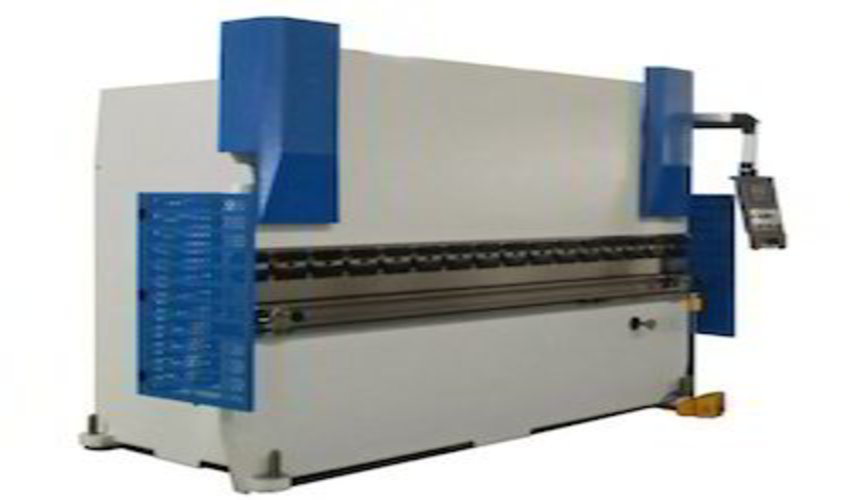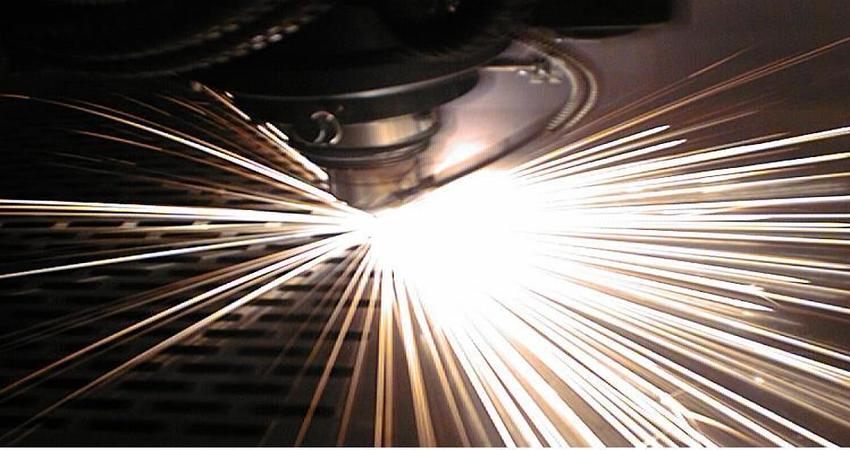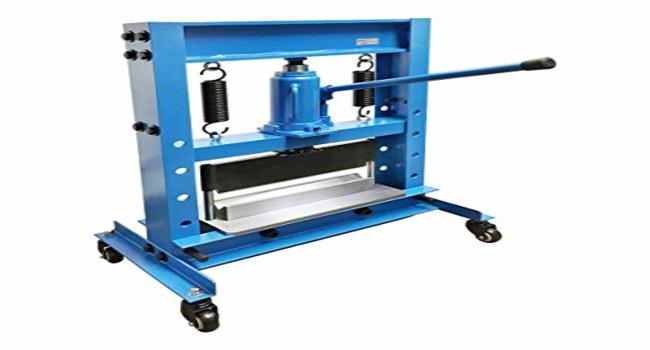Press brake is a machine tool for bending sheet material. These heavy machines can be risky to operators if used without appropriate safety. According to a study by the US Department of Labor report, every year more than 350 amputations were reported among press brake operators.
A major reason behind such injuries is the upgraded access of point of operation at front the of the machine. Plus, an operator’s ability to reach safely around the device to get to the operation point at a side of the machine. Moreover, the back-gauge system creates pinch points which creates a risk with the motion. If by any chance operator’s hand gets trapped between the material and frame, it might cause impalement or amputation.
Press brake operators can avoid such risky situations in just a few steps. Before digging brief into that part let’s have a closer look at some of the safety standards that every operator needs to know.
The Safety Standards
The industry follows the ANSI standard for press brakes. ANSI B11.2 is to safeguard method guidance. ANSI B11.19 for design criteria. Looking at the history of these standards, the original B11.3 came as an approved standard in 1973. There was a revision in the policy in 2002. The current standard is B11.2 which was last updated in 2012. Amada machine replacement parts provide the highest possible safety standards for any press brake operator.
To make sure that you are well-equipped with all the safeguards, consider the below-given tips to practice safe sheet bending in your factory.
Use Awareness Barriers
It is human behavior to perceive red color as a warning sign/barrier. You can use signs like ‘danger’ or ‘warning’ at the back of press brakes in wide red letters. Because the backside of the press brakes cannot be wide open. There are possible risks lurking there. Reaching the die part from the back and a multi-axis back gauge moving with pinch points. If you wish to decide what can be put at the back of the equipment, it will depend on the local OSHA interpretation.
Barrier Guards to Rescue
Barrier guards can help you with the risk management of press brake. While looking for Amada machine replacement parts online, you must have come across the fact that barrier guard can be the most versatile part to provide a safety layer. You can use them at the ends of most press brakes. They are effective in mounting light curtains with added values as well. With barriers, you can have the openings for material to be fed into the die area. Although they do not allow hand-to-hand processing into that area.
Mount Light Curtains
Light curtains have been in the business since the mid-1950s. They contain a vertically mounted transmitter and receiver with spaced beams of the laser. It creates a flat sensing field. The key advantage is when human fingers, hands or a whole arm reach through that sensing field, the whole press system stops to avoid possible injuries. If you search the term ‘Amada machine replacement parts’ on the web, you will find many available options for light curtains.
One of the reasons that light curtains are a good fit for press brakes is that press breaks can be stopped during the mid-cycle quickly. With hydraulic press brakes, it is possible. On the other side, mechanical press brakes may not be able to deliver the same experience that swiftly. Mechanical friction clutch machines are also known for stopping slowly. Light curtain contains ‘function-tested’ operations. Before operating the press brakes enable these function tested curtains to ensure that they continue to provide enhanced protection.
Utilize Laser AOPD
This method is one of the newest entry into the safety category. It is included in the B11.2-2012 safety standards that now provides safety guidelines to manufacturers, dealers, and users to implement and practice these standards. This is an acceptable method of safeguarding hydraulic press brakes only per ANSI B11.3 with the collected manufacturers’ specifications. One of the most unique features of AOPD is that it can be mounted with zero safety distance, unlike curtains that should be mounted at a calculated safety distance. It is applicable only to hydraulic press brakes. You can find the same online. They are best suited for box bending, bending with flanges or where light curtains effectiveness is diminished due to excessive muting.
Are You Prepared?
If you are also a press brake operator, you might have an idea about how dangerous it can be while working with Press Brake machines. When your machine is safeguarded, installed and operated in a correct way, the safety of all the workers remains intact which eventually reduce your operation and insurance costs.






